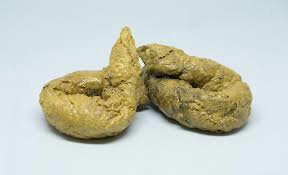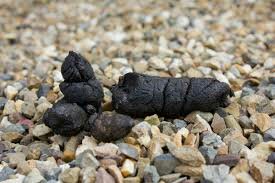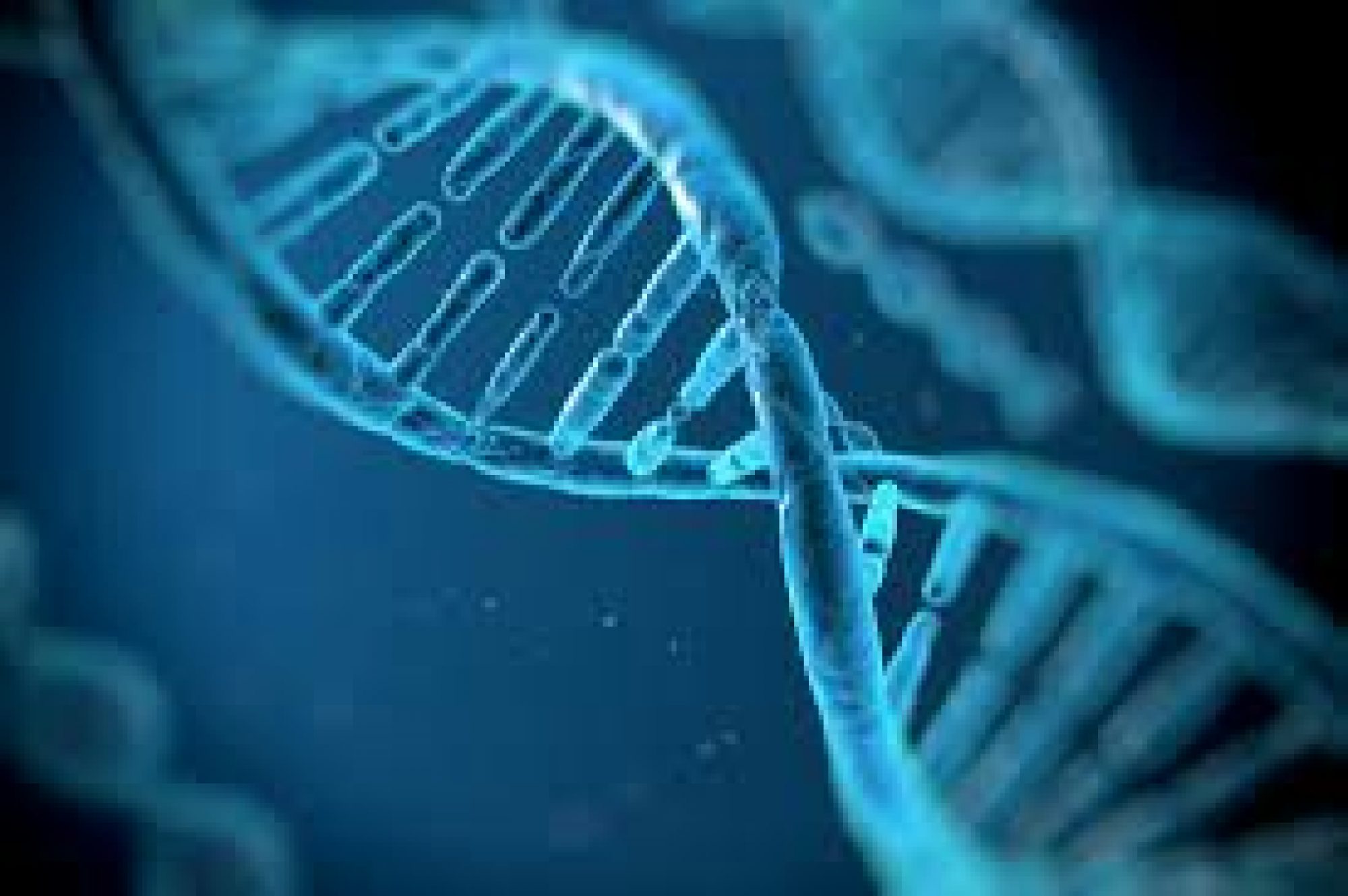As repugnant and bemired the thought of the topic may sound, it is still one of numerous ways of monitoring our health. Just as urine color reveals a lot regarding the state of our kidneys, feces(stools) are also major health “biomarkers” in which vital health signals are passed through color, odour and texture.
Feces are semi-solid or solid remains of the food that could not be absorbed in the small intestine but has been degraded by intestinal bacteria in the large intestine. It is discharged through the anus via a process called defecation.
Stool comes in different type of colors. All shades of brown and even green are considered normal. Only rarely does stool color indicate a potentially serious intestinal condition.

Stool color is generally influenced by what you eat as well as by the amount of bile — a yellow-green fluid that digests fats — in your stool. As bile pigments travel through your gastrointestinal tract, they are chemically altered by enzymes, changing the pigments from green to brown.
I am sure you are already eager to learn something new today. Therefore, Let’s elucidate this topic further by listing different physical features to look out for in our stool.
Physical Signs to observe in stools and their possible causes.
1. Green coloration:
Meaning: Food may be moving through the large intestine too rapidly. As a result, bile doesn’t have time to break down completely. Normally bile is chemically changed by bacteria in the intestine to a greenish-brown color. It takes time for the bile to be fully changed in the intestine and become brown again, and if the transit time is short, for example, when a person has diarrhea, the stool remains green colored.

Possible dietary Causes: Green stool may be a normal variant. They also can be caused by a diet rich in green vegetables, green flavored food drinks and iron supplements. Notably, green stool is also a symptom of diarrhea.
2. Light Coloration:
Meaning: A lack of bile in stool. This may indicate a bile duct obstruction.

Possible dietary Causes: Certain medications, such as large doses of bismuth subsalicylate (Kaopectate, Pepto-Bismol) and other anti-diarrheal drugs.
3. Yellow coloration:
Meaning: Excess fat in the stool, such as due to a malabsorption disorder, for example, celiac disease.

Possible dietary Causes: Sometimes the protein gluten, such as in breads and cereals. See a doctor for evaluation.
4. Black Coloration:
Meaning: Bleeding in the upper gastrointestinal tract, such as the stomach

Possible dietary Causes: Iron supplements, bismuth subsalicylate (Kaopectate, Pepto-Bismol), black licorice.
5. Bright Red Coloration:
Meaning: Bleeding in the lower intestinal tract, such as the large intestine or rectum, often from hemorrhoids.

Possible dietary Causes: Red food coloring, beets, cranberries, tomato juice or soup, red gelatin or drink mixes.
## Believe me readers, these herculean or rather disgusting exercise can be a No-No for some people as we all have different level of tolerance. However, Recent Scientific inventions revealed a Japanese Toilet analyzer. This machine analyzes the stool for various trace elements and then beams a report to your cell phone via infrared. The report includes a unique URL which you can access with your mobile browser where you can find detailed information about the analysis, such as fecal bacteria count, presence or absence of blood, fat content and other wonderful information.
Isn’t this great??? Well…it is!!
I would love to receive your comments and probably your experiences in leu of the subject matter.
